✓ Joining us on our Whatsapp Channel: 💬 Explore and Escape!.
Booking through us:
✓ 🏩 🛌 Handpicked Luxury Stays in Budget: Booking.com | Agoda.com
✓ 🍹⛱️ Deals on Private xfers, SIM Cards, City tours, Day trips : 📍🗺️ GetYourGuide | 🛵🧳 Klook
If you have seen the landmarks in Europe
, you’d know there are quite a few of them are here in Faeroe Islands.The Faeroe Islands, nestled in the heart of the North Atlantic, are a geological marvel dotted with natural landmarks that leave visitors spellbound.
From sheer cliffs that kiss the heavens to cascading waterfalls that gush into the ocean, the undulating landscape of these islands is a testament to the immense power and beauty of nature.
Amid this ethereal scenery, there are man-made landmarks that are equally impressive and alluring, offering glimpses into the rich cultural heritage of this Nordic archipelago.
1. However here are the most popular landmarks on the Faroe Islands:
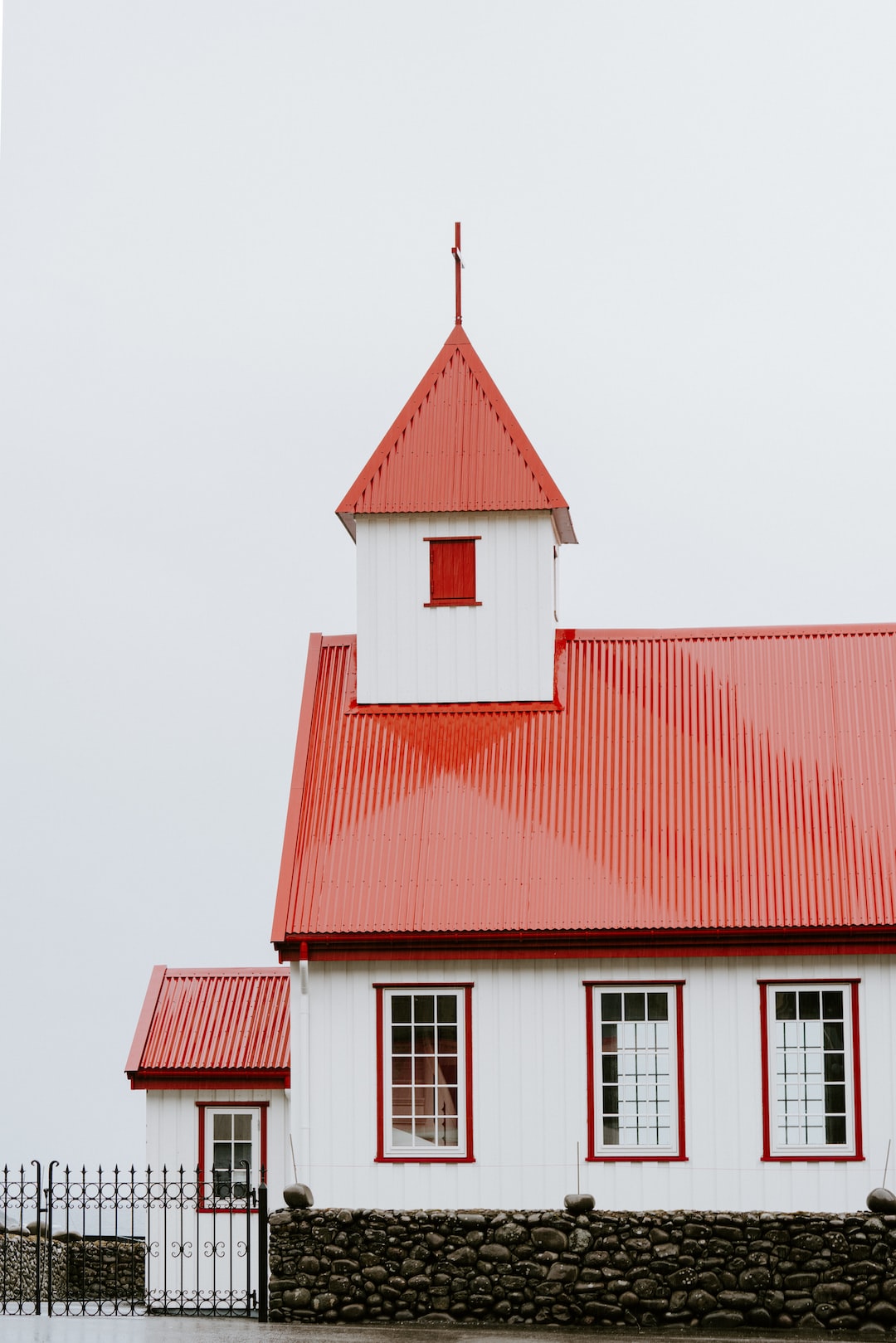
What to see or do: – Visit the village of Gjógv and see its stunning 200-meter gorge and natural harbour.
Don’t miss: – Seeing the beautiful cascading waterfalls of Fossá and Múlafossur.
Insider travel tips: – The Faroe Islands are known for their unpredictable weather, so bring layers and be prepared for rain and wind.
2. Sørvágsvatn
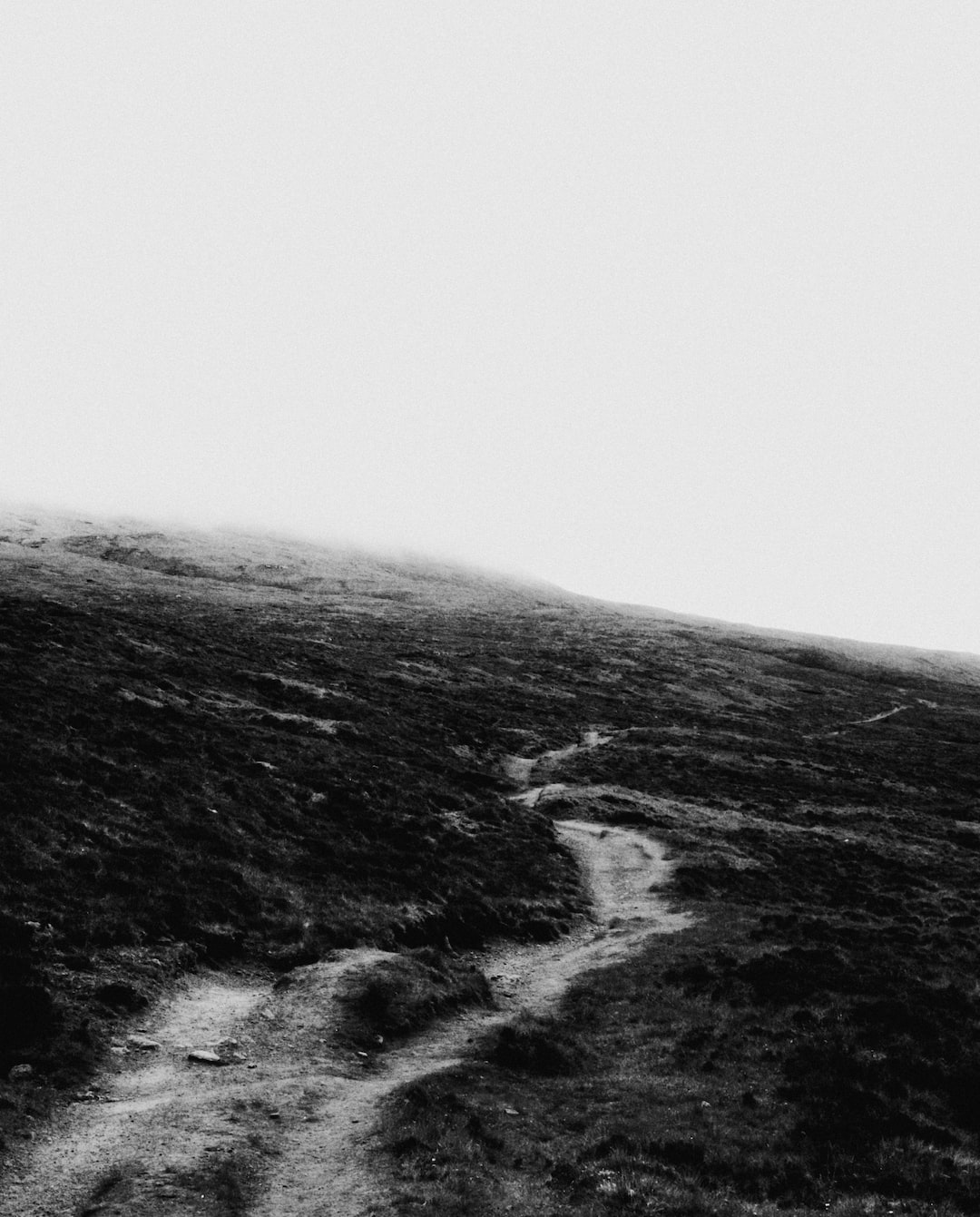
Sørvágsvatn is a large lake located on the island of Vágar in the Faroe Islands, halfway between Iceland and Norway.
What to see or do: The lake is surrounded by stunning scenery, including sea cliffs, mountains, and waterfalls. Visitors can take a hike along the picturesque trails that wind around the lake.
The most popular one is the trail to the viewpoint of Trælanípa, where visitors can see the illusion of the lake hovering hundreds of meters above the ocean.
Don’t miss: Trælanípa viewpoint for the optical illusion of the lake.
Insider travel tips: If you want to avoid crowds, visit in the early morning or late afternoon. Wear proper outdoor shoes, as the trails can be slippery.
Make sure you dress in layers as the weather can change rapidly.
3. Gásadalur
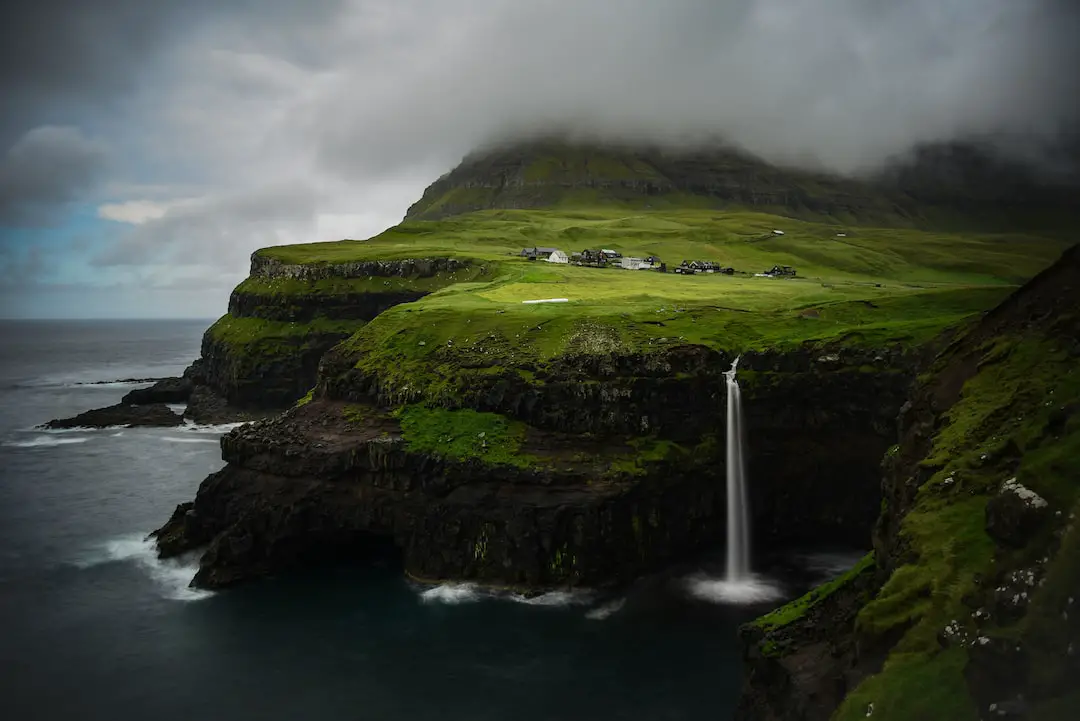
Gásadalur is a remote village located in the Faroe Islands, surrounded by stunning natural scenery and a beautiful waterfall that cascades into the Atlantic Ocean.
What to see or do: Take in the breathtaking views of the secluded village nestled in the lush green hills. Visit the nearby Múlafossur waterfall as it pours into the ocean below.
Take a hike along the many trails in the area for stunning panoramic views of the surrounding landscapes.
Don’t miss: The incredible sunset view as it paints the skies with breathtaking colors. Make sure to explore the charming village and the traditional homes made from turf and stone.
Insider travel tips: Be prepared for unpredictable weather and pack accordingly. Book your accommodation well in advance as places tend to fill up quickly.
Plan to arrive early in the morning or later in the evening to avoid the crowds of day-trippers that tend to arrive mid-day.
4. Tindhólmur
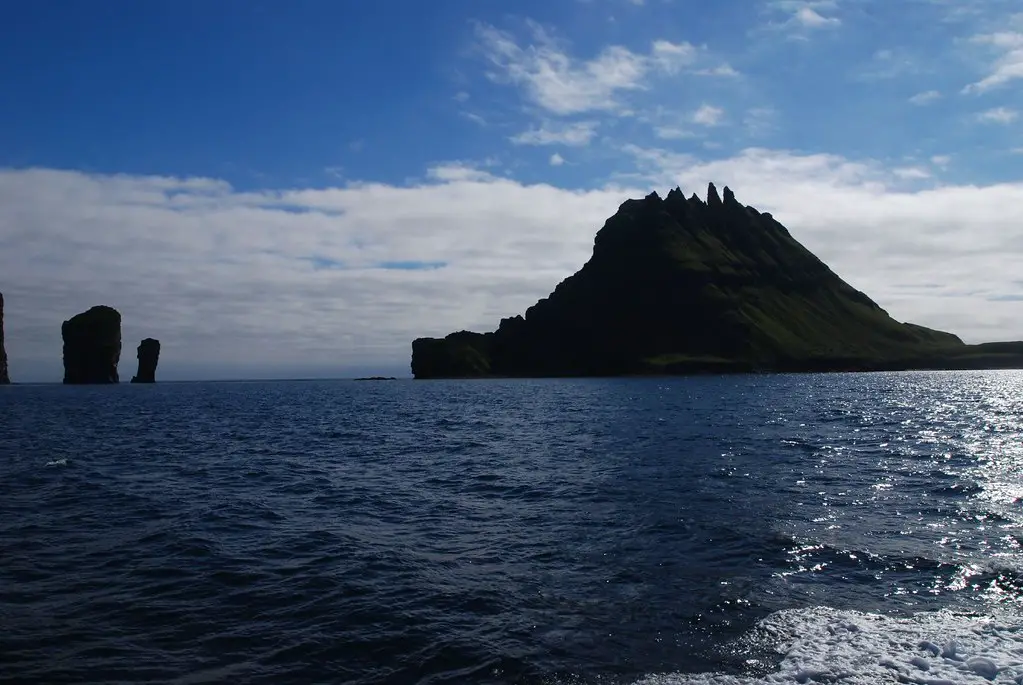
Tindhólmur is a small and breathtakingly beautiful islet in the Faroe Islands, located off the west coast of Vágar.
What to see or do: Visitors can take a boat tour around the islet to see its five distinct peaks rising up from the sea, which offer a perfect photo opportunity.
The surrounding water is also crystal clear, making it a popular spot for diving and snorkeling.
Don’t miss: Don’t miss the chance to see this unique and picturesque islet from the top of a nearby mountain. The views from the summit are truly breathtaking and offer a magnificent panorama of the Faroe Islands.
Insider travel tips: Be sure to dress appropriately for the tour and check the weather forecast beforehand as the area can be quite windy and rainy.
It’s also important to respect the fragile ecosystem of the islet and not disturb any wildlife or flora while visiting.
5. Fossá Waterfall
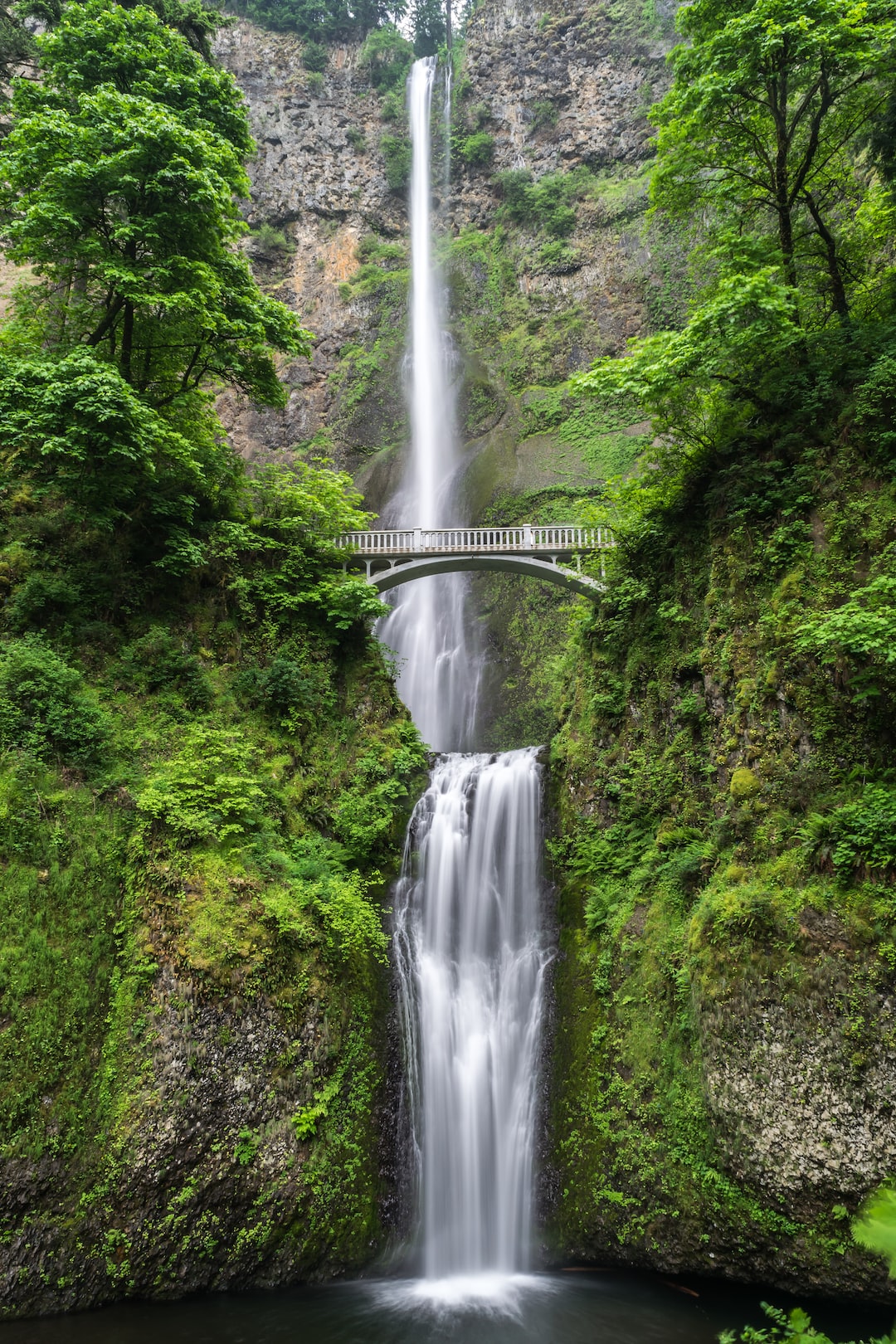
Fossá Waterfall is a stunning and picturesque waterfall located in the Faroe Islands.
What to see or do: Visitors can admire the majestic waterfall from various viewpoints and take in the surrounding natural beauty. The waterfall cascades from a height of 140 meters and is located in a remote valley between two mountains.
Don’t miss: Don’t miss the opportunity to take a hike and explore the rugged terrain surrounding the waterfall. There are several hiking trails available that offer different levels of difficulty and breathtaking views.
Insider travel tips: – Wear comfortable and waterproof shoes as it can be muddy and slippery in the hiking area.
6. Saksun
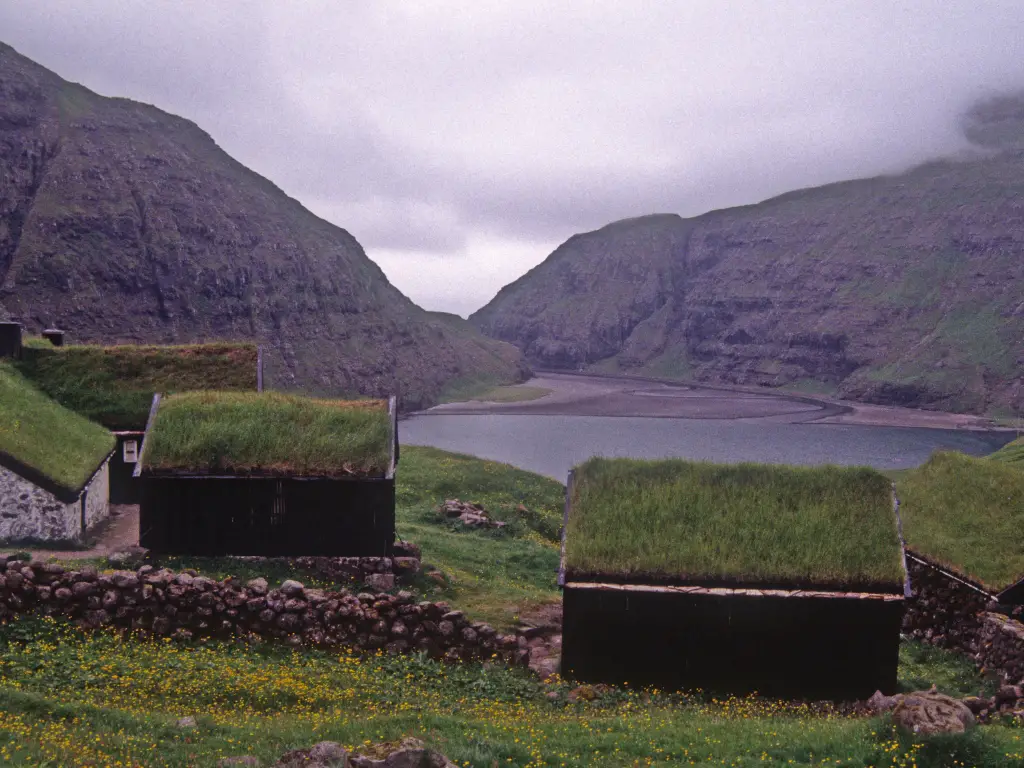
Saksun is a small village located in the Faroe Islands, situated on the northwest coast of Streymoy island.
What to see or do: -Visit the Saksun Church, built in the early 19th century and famous for its traditional Faroese turf roof.
Don’t miss: -Experience the traditional lifestyle of the Faroe Islands by visiting the nearby working farm, Dúvugarðar.
Insider travel tips: -If you’re visiting during the summer months, be sure to attend the annual Saksun Summer Festival, which features traditional Faroese music, food, and dance.
7. Viðareiði
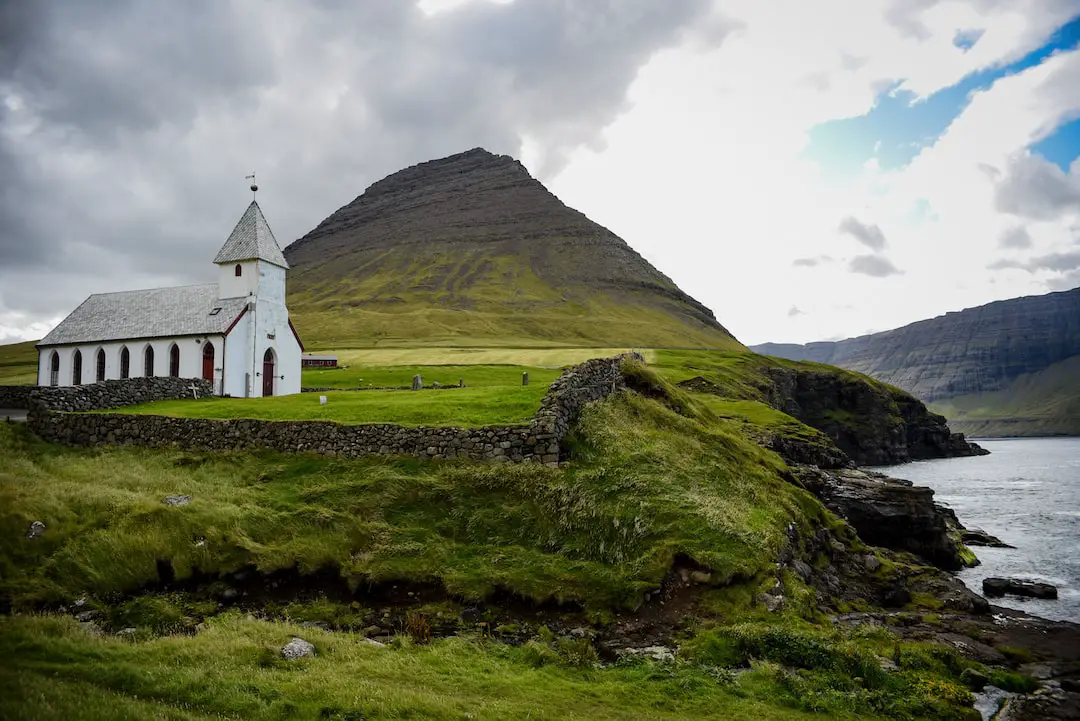
A picturesque village located on the northeastern tip of the Faroe Islands.
What to see or do: Take a walk through the charming village and admire the traditional Faroese architecture. Visit the Viðareiði Church, which offers stunning views of the surrounding mountains and sea.
Hike up to the iconic Malinsfjall mountain for panoramic views of the rugged coastline and neighboring islands.
Don’t miss: The annual Viðareiði Festival, held in August, which celebrates Faroese culture with traditional food, music, and dance.
Insider travel tips: Be sure to bring warm clothing, as the weather can be unpredictable. Consider visiting in the summer months for longer daylight hours and milder temperatures.
If you plan to hike, it’s important to stay on marked trails and be aware of changing weather conditions.
8. Múlafossur Waterfall
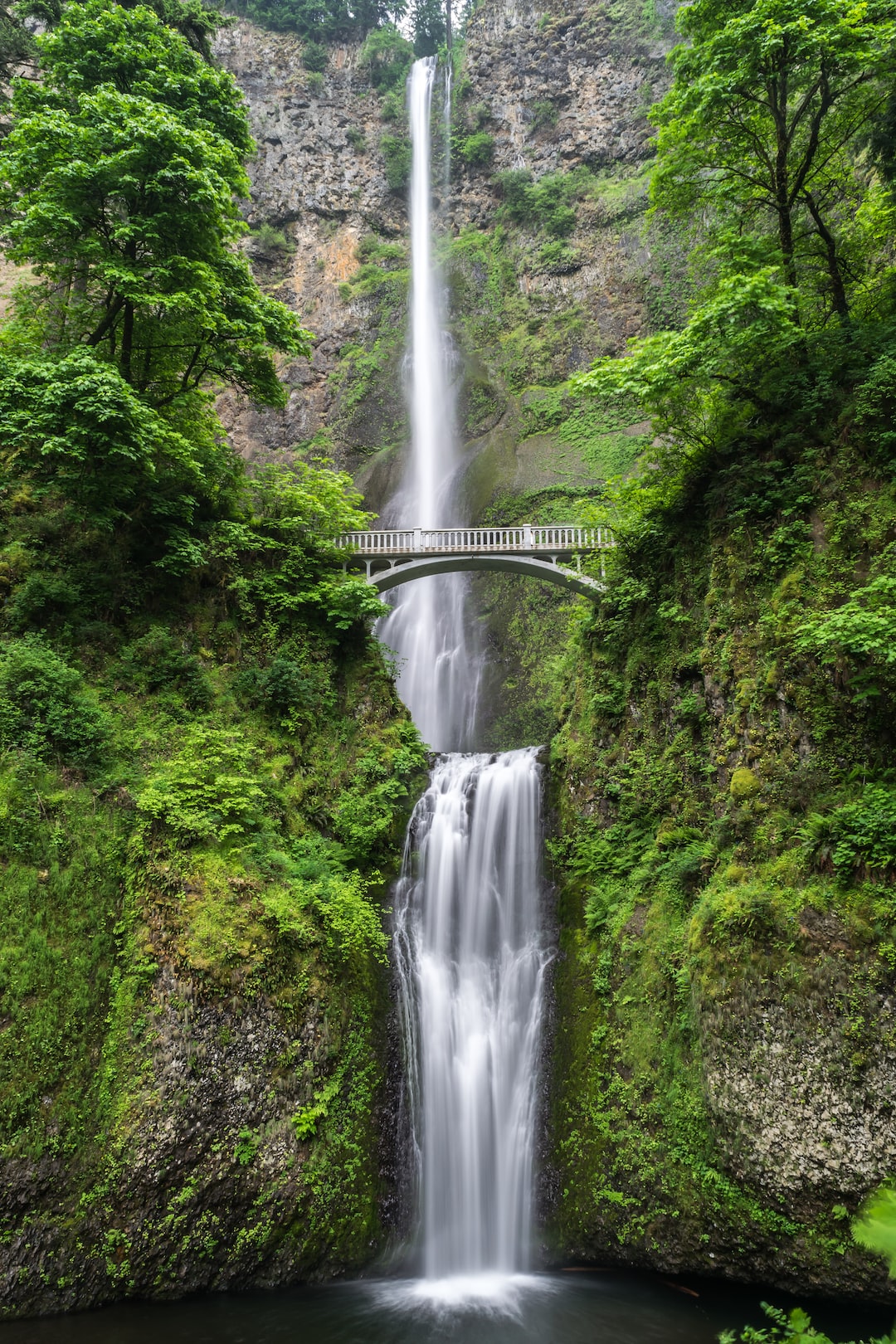
Múlafossur waterfall is a stunning waterfall located on the Faroe Islands in between the villages of Gásadalur and Bøur.
What to see or do: Visitors can enjoy the breathtaking views of the waterfall as it cascades down into the North Atlantic Ocean. The surrounding cliffs and mountains add to the dramatic beauty of the landscape.
Don’t miss: Be sure to take a walk along the nearby hiking trail which offers a unique viewpoint from above the waterfall, providing visitors with an even more stunning view.
Insider travel tips:
9. Gjógv
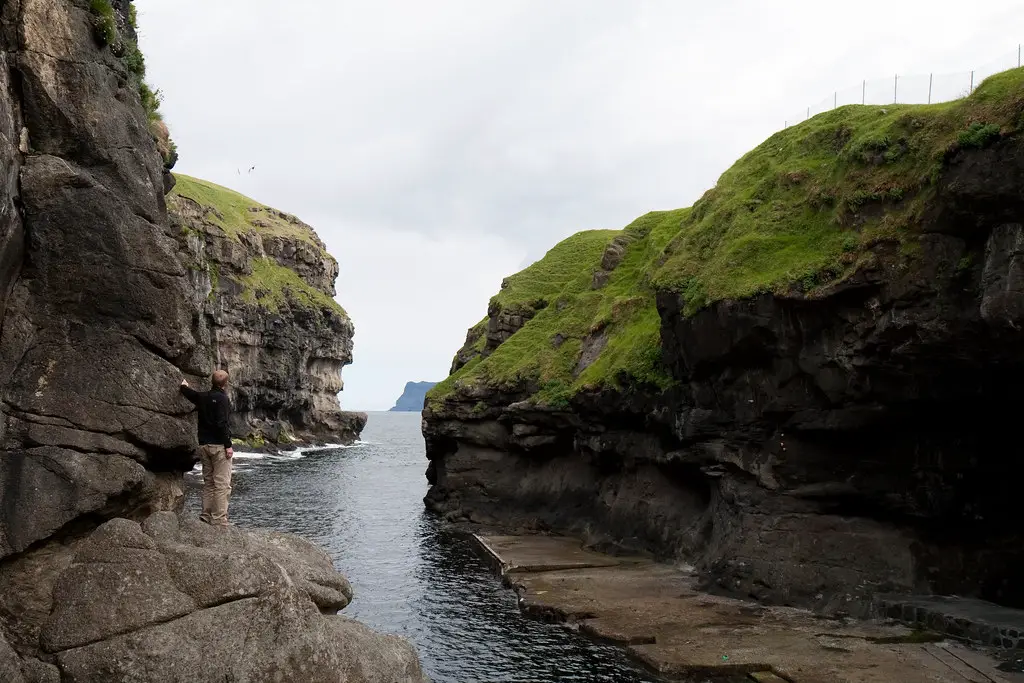
Gjógv is a picturesque village located on the northeastern coast of the island of Eysturoy in the Faroe Islands.
What to see or do: – Admire the stunning natural scenery, including the dramatic cliffs and the crystal-clear waters of the North Atlantic Ocean.
Don’t miss: – Hike to the nearby gorge which inspired the village’s name, Gjógv, which means “gorge.
Insider travel tips: – Gjógv is a small village, so plan to spend a few hours here before moving on to explore other parts of the Faroe Islands.
10. Klakkur

A mountain located near the town of Akureyri in northern Iceland.
What to see or do: Hiking is the main activity on Klakkur mountain, with a relatively easy trail leading to the summit where hikers can enjoy panoramic views of the surrounding landscape, including the town of Akureyri and the Eyjafjörður fjord.
Don’t miss: Watching the sunset from the top of Klakkur mountain, as it offers breathtaking views of the fjord and surrounding peaks.
Insider travel tips: Visitors should wear sturdy hiking shoes, dress in layers to prepare for changing weather conditions, and bring plenty of water and snacks for the hike.
The best time to hike Klakkur mountain is during the summer months, but it can also be hiked in winter with proper equipment and experience.
11. Kalsoy
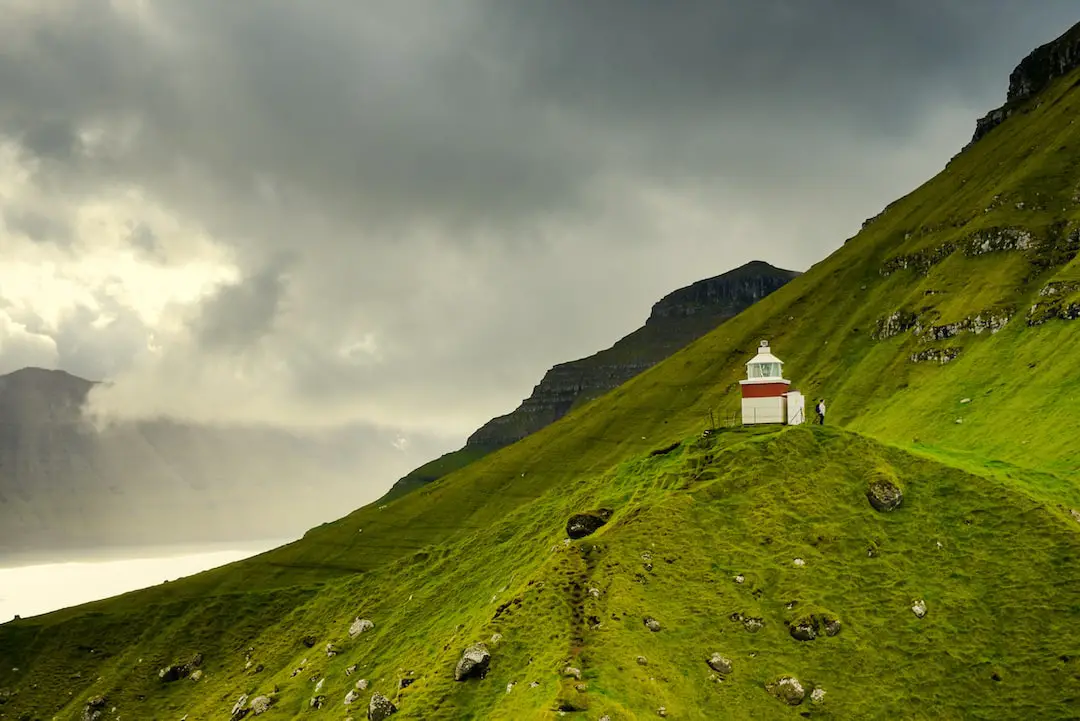
A scenic island in the Faroe Islands archipelago, known for its rugged landscapes and picturesque hiking trails.
What to see or do: Hike to the Kallur Lighthouse for breathtaking views of the surrounding ocean and nearby islands. Explore the quaint village of Mikladalur, home to impressive statues and an interesting folklore museum.
Don’t miss: The impressive geological formation known as the Troll’s Finger, accessible by boat.
Insider travel tips: Bring sturdy walking shoes and warm clothing as the weather can change quickly. Ferries to Kalsoy can be infrequent, so plan ahead and check the schedule before traveling.
12. Kópakonan

Kópakonan, also known as the Seal Woman, is a legendary figure in Icelandic folklore.
What to see or do: Visitors can learn about the story of Kópakonan by visiting her statue in the village of Mikladalur on the island of Kalsoy in the Faroe Islands.
Along with the statue, there is also a folklore museum in the village that tells the tale of Kópakonan.
Don’t miss: Don’t miss the opportunity to take a boat trip to the nearby Kópakonufingur Sea Stack, which is said to resemble the shape of the Seal Woman herself.
Insider travel tips: If you’re interested in visiting Kópakonan, be sure to plan your trip carefully as the village of Mikladalur is only accessible by road through a tunnel that has a limited number of daily crossings.
Also, keep in mind that the weather in the Faroe Islands can be unpredictable, so be prepared for changing conditions.
13. Kirkjubøur
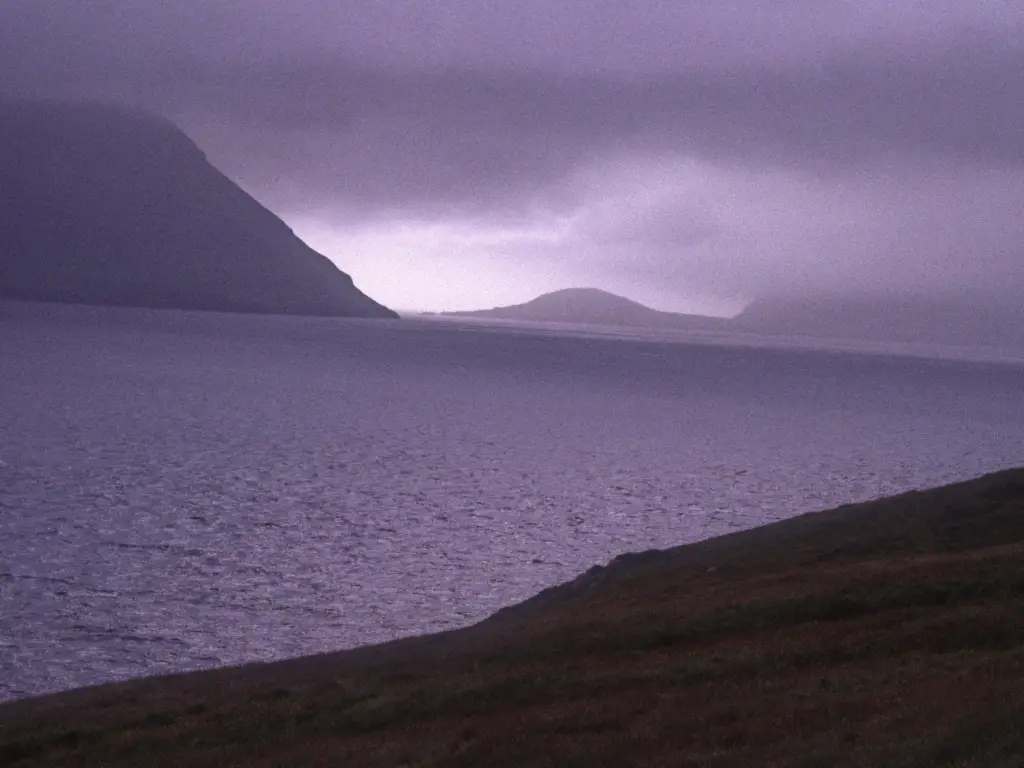
Kirkjubøur is a historic village on the southern tip of the Faroe Islands.
What to see or do: – Visit the iconic Ólavskirkja, one of the oldest surviving churches in the Faroe Islands.
Don’t miss: – The old farmhouse, Roykstovan, which has been occupied by the same family for 17 generations.
Insider travel tips: – Plan your visit during the summer months to take advantage of the longer daylight hours.
14. Norðradalsskarð

Norðradalsskarð is a scenic mountain pass located in the Faroe Islands.
What to see or do: The pass is surrounded by breathtaking scenery and is perfect for hiking, offering stunning views of the surrounding landscape. Hiking trails can be found throughout the area, ranging in difficulty from easy to more challenging.
Don’t miss: The Norðradalsskarð pass itself is a must-see, as it offers panoramic views of the mountains and valleys below. Be sure to bring your camera as the views are truly spectacular.
Insider travel tips: Be prepared for changing weather conditions.
The weather in the Faroe Islands can be unpredictable, so it’s important to bring appropriate clothing and gear for the hike.
It’s also a good idea to bring snacks and water, as there are no shops or restaurants in the area.
15. Villingardalsfjall

Mountain in the Faroe Islands, rising 841 meters above sea level.
What to see or do: Hiking to the summit offers breathtaking views of the surrounding landscape, including nearby islands and the Atlantic Ocean.
Don’t miss: Keep an eye out for the towering sea stacks of the Vestmannabjørgini, visible in the distance.
Insider travel tips: Be sure to bring warm clothing and sturdy hiking shoes, as the weather can be unpredictable and the trail can be steep and rocky in places.
Also, consider hiring a local guide for a more in-depth experience and to learn about the area’s history and culture.
16. Sandavágur Church
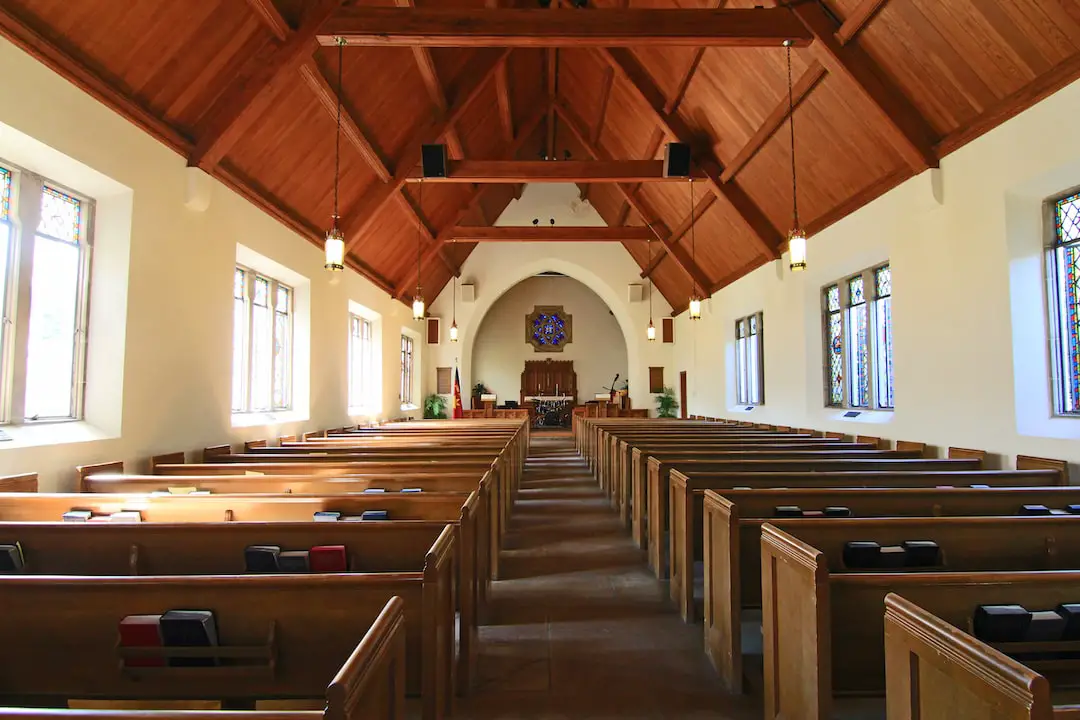
Sandavágur Church is a historic church located in the village of Sandavágur on the Faroe Islands.
What to see or do: Visitors to Sandavágur Church can admire its traditional Faroese architectural style, including its distinctive black-tarred exterior. Inside, visitors can enjoy the simple yet elegant interior, with white-washed walls and wooden pews.
The church also offers stunning views of the surrounding hills and ocean.
Don’t miss: Don’t miss the chance to attend a Sunday service at Sandavágur Church for a truly authentic experience.
Insider travel tips: Be sure to check the church’s website for service times, as they vary throughout the year. Visitors should also be respectful of the church’s religious significance and dress appropriately.
Parking is available nearby, but the church is also easily accessible by foot from the village center.
17. Risin og Kellingin

A pair of sea stacks located in the Faroe Islands.
What to see or do: Admire the stunning views of the sea stacks rising out of the ocean.
Don’t miss: Watching the sunset behind the sea stacks for an unforgettable view.
Insider travel tips: Wear comfortable shoes as you will need to hike to get a good view of Risin og Kellingin. It’s also a good idea to bring a camera to capture the scenic location.
18. Mykineshólmur

A tiny uninhabited island off the coast of the island of Mykines in the Faroe Islands.
What to see or do: Visitors can take a boat trip to Mykineshólmur to experience the rugged and untouched beauty of the island and its surrounding waters.
The island is known for its stunning sea cliffs, birdwatching opportunities, and seal colonies.
Don’t miss: The opportunity to see the famous Munk’sholmur sea stack, which is one of the most photographed natural landmarks in the Faroe Islands.
The view from the top of the stack is also breathtaking.
Insider travel tips: Visitors should bring warm and waterproof clothing, as the weather on the island can be unpredictable. It’s also a good idea to book boat trips in advance, as they can fill up quickly during peak season.
Finally, be respectful of the island’s delicate ecosystem and take all trash with you when you leave.
19. Trøllkonufingur

Trøllkonufingur is a famous basalt sea stack located on the island of Vágar in the Faroe Islands.
What to see or do: Visitors can hike to the foot of the sea stack and admire its impressive height of 313 feet (95 meters). It’s also a popular spot for birdwatching with puffins and other seabirds nesting on the surrounding cliffs.
Don’t miss: Don’t miss the chance to capture stunning photographs of Trøllkonufingur and its surroundings, especially during sunset.
Insider travel tips: – Wear sturdy shoes for the hike as the terrain can be rocky and slippery.
20. Slættaratindur

Slættaratindur is the highest mountain in the Faroe Islands, rising to an elevation of 880 meters above sea level.
What to see or do: Hiking to the summit of Slættaratindur is a popular activity among visitors to the Faroe Islands. The hike takes approximately 2-3 hours and offers stunning views of the surrounding islands, lakes, and sea.
Don’t miss: Don’t miss the chance to take photos of the breathtaking views from the summit of Slættaratindur. On a clear day, you can even see all 18 of the Faroe Islands.
Insider travel tips: Make sure to check the weather forecast before embarking on the hike to Slættaratindur. The weather can change quickly in the Faroe Islands, and the hike can become dangerous in poor weather conditions.
Additionally, be sure to wear sturdy hiking shoes and bring warm clothing and plenty of water.
21. Nólsoyarfjall

Nólsoyarfjall is a mountain located on the island of Nólsoy in the Faroe Islands.
What to see or do: Climb to the top of Nólsoyarfjall to enjoy breathtaking views of the surrounding countryside and ocean. You can also take a scenic hike along the slopes of the mountain.
Don’t miss: Make sure to visit the village of Nólsoy at the foot of the mountain, which has a charming and traditional Faroese atmosphere.
Don’t forget your binoculars to spot some puffins along the way.
Insider travel tips: Remember to bring sturdy hiking shoes and warm clothes, as the weather can change rapidly.
If you’re not up for a hike, you can also take a bike tour around the island for a different perspective.
22. Kvívík

Kvívík is a small village located on the western coast of Streymoy Island in the Faroe Islands.
What to see or do: Visit the ancient Viking settlement where two longhouses and a church were excavated and restored.
Don’t miss: Exploring the traditional Faroese architecture of the village with grass roofs and brightly painted houses.
Insider travel tips: Bring warm and waterproof clothing as the weather can be unpredictable.
23. Funningur
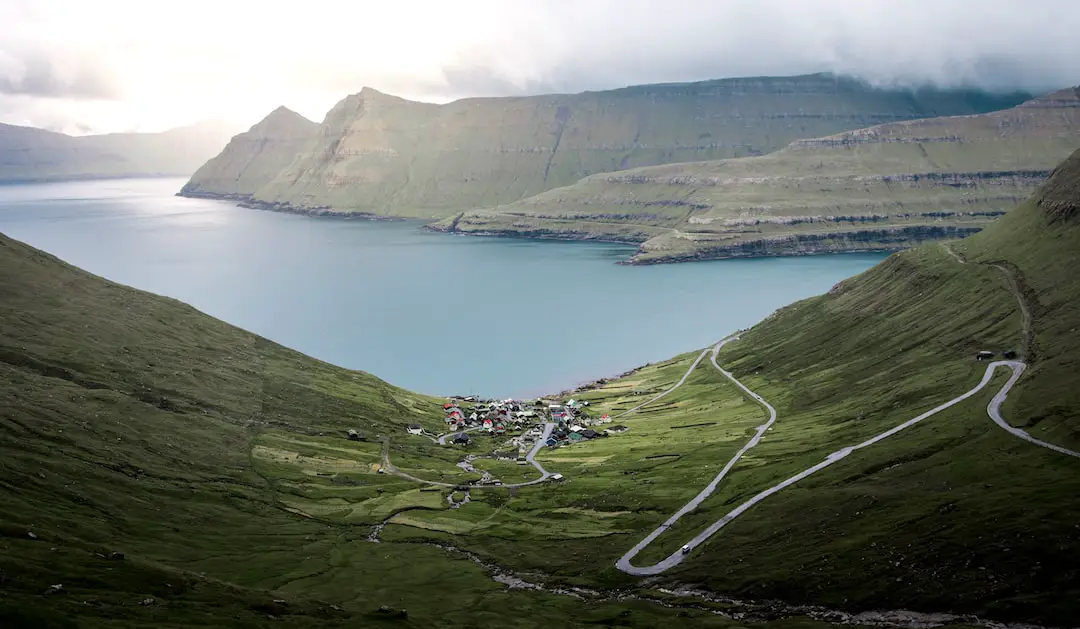
Funningur is a picturesque village located in the Faroe Islands, surrounded by stunning mountains and a pristine fjord.
What to see or do: Enjoy the peaceful and serene surroundings while exploring the village’s charming houses and colorful boats. Take a hike up the surrounding hills for breathtaking panoramic views.
Don’t miss: Visit the historic church, believed to be one of the oldest wooden churches in the Faroe Islands, dating back to the 1780s.
Insider travel tips: Be sure to bring warm clothing as the weather can be unpredictable. Also, try the local seafood delicacies at one of the village’s few restaurants or cafes.
24. Tinganes
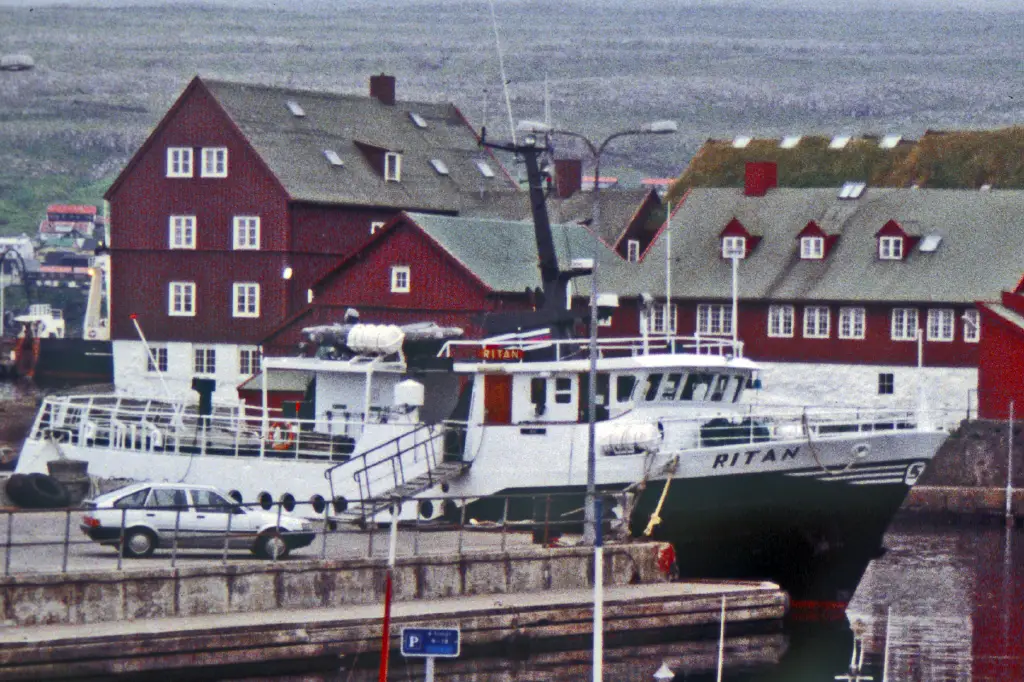
Tinganes is a historic district located in the capital city of the Faroe Islands, Tórshavn.
What to see or do: This picturesque district is known for its traditional wooden houses with turf roofs that date back to the 14th century.
Visitors can take a leisurely stroll around the area and admire the architecture, or take a guided walking tour to learn about the history of Tinganes and its role in the Faroese government.
Don’t miss: The iconic red building that serves as the home of the Faroese government, known as Logtinget, is a must-see when visiting Tinganes.
It is the oldest parliament in the world that is still in use.
Insider travel tips: For a unique experience, visit Tinganes during Ólavsøka, the Faroese national holiday that takes place on July 28th and 29th each year.
This is a time when locals dress in traditional clothing and participate in events, including a boat rowing race.
25. Gøtugjógv

A stunning sea gorge located in the Faroe Islands.
What to see or do: Take a hike along the gorge and enjoy the breathtaking views of the cliffs and the ocean. You can also enjoy fishing and camping in the area.
Don’t miss: The dramatic and picturesque scenery. The crystal-clear waters and the rock formations are truly unforgettable.
Insider travel tips: Dress in layers and wear comfortable hiking shoes. Carry a water bottle and some snacks with you.
It’s recommended to visit during the summer months for the best weather conditions. Keep in mind that the area can be quite windy, so be prepared.
26. Koltur
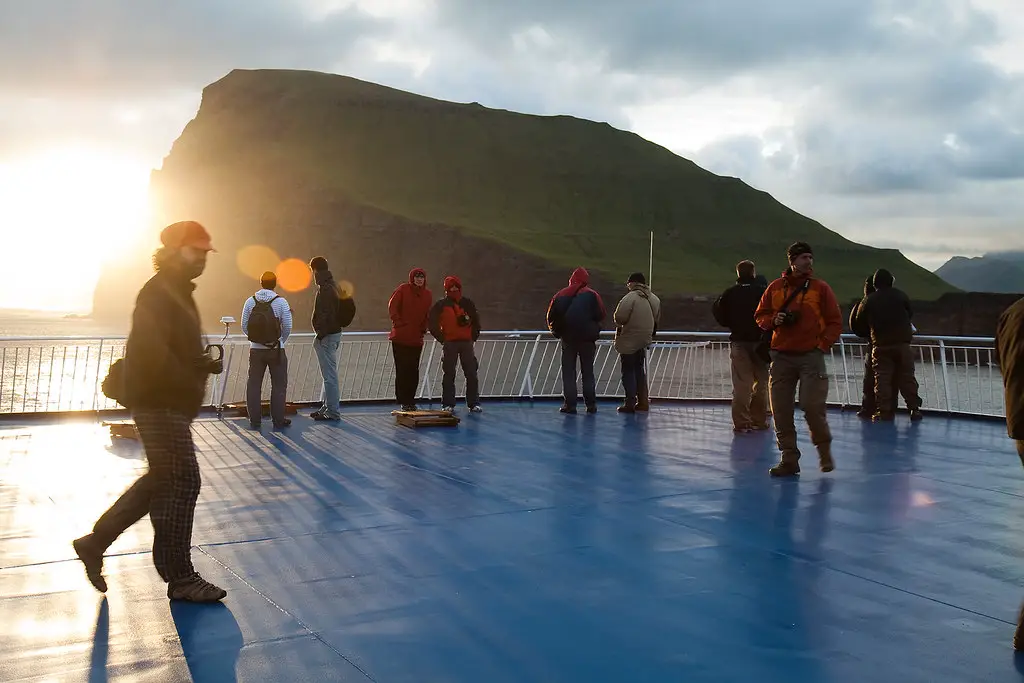
Koltur is a remote Faroe Islands village located on the island of the same name, with a population of only 1 family.
What to see or do: Explore the picturesque village and its surroundings, including the iconic bright red Koltur Lighthouse. Hiking is popular in the area, with scenic trails offering breathtaking views of the island and the Atlantic Ocean.
Don’t miss: Visiting the historic Koltur Church, built in the 19th century and boasting a unique octagonal shape. Admire the breathtaking natural scenery, which includes steep cliffs and a rugged coastline.
Insider travel tips: Pack warm clothing and be prepared for potentially challenging weather conditions, as the village is exposed to the elements. There are no shops or tourist facilities on Koltur, so visitors should bring their own food and supplies.
Consider arranging a homestay with the island’s sole family for a unique cultural experience.
27. Kaldbak

A small village in the Northeast of Iceland, known for its natural beauty and stunning landscapes.
What to see or do: Take a hike to Hrafnabjargafoss waterfall, visit the nearby Mývatn Lake for bird watching and geothermal pools, explore the beautiful Vaglaskógur Forest, go fishing in the Hofsá river, and take a scenic drive around the area.
Don’t miss: The famous Ásbyrgi Canyon, which is just a short drive away, is a must-see natural wonder with towering cliffs and unique rock formations.
Insider travel tips: Bring warm clothing and rain gear, as the weather in Kaldbak can be unpredictable. Also, be sure to stop by the local brewery, Kaldi, for a taste of their delicious craft beers.
28. Sandavágur

A small village located on the west coast of the Faroe Islands.
What to see or do: Enjoy the peaceful atmosphere and picturesque views of the surrounding landscape. Visit Sandavágur Church, one of the oldest churches in the Faroe Islands, dating back to the 11th century.
Take a stroll along the coast for breathtaking views of the ocean.
Don’t miss: The annual Sandavágur Festival, which celebrates the community and features live music and entertainment.
Insider travel tips: Make sure to bring warm clothing, as the weather can be unpredictable. If you’re looking for a bite to eat, try Báran, a local restaurant known for its delicious seafood dishes.
29. Oyndarfjørður

Oyndarfjørður is a small village located in the Faroe Islands, known for its picturesque landscape and charming rural character.
What to see or do: Visitors can enjoy scenic walks along the coastline, taking in the beautiful views of the rugged cliffs and lush green hillsides.
Fishing is a popular activity in the area, with visitors able to arrange fishing trips with local fishermen.
The village also has a small church, Oyndar Kirkja, which dates back to the 19th century and is worth a visit.
Don’t miss: Don’t miss the chance to taste some of the local seafood, which is renowned for its quality and freshness. Sample dishes like fish soup, made with freshly caught seafood, or try dried fish, which is a traditional Faroese delicacy.
Insider travel tips: Visit during the summer months when the weather is mild and the days are long, allowing you to make the most of the beautiful landscape.
Be sure to bring warm clothing, as the weather can change quickly in the Faroe Islands.
It’s also worth noting that many of the locals in Oyndarfjørður speak only Faroese, so it’s a good idea to learn a few basic phrases before you go.
30. Fuglafjørður

Fuglafjørður is a town located in the northeastern part of the Faroe Islands. It is known for its picturesque harbor and stunning mountain views.
What to see or do: Take a walk along the harbor and enjoy the stunning views of the surrounding mountains. Visit the local museum to learn about the town’s history and culture.
Take a hike up to the nearby waterfall, Fossá, for breathtaking views of the fjord.
Don’t miss: The charming village of Hellurnar, located just a short drive from Fuglafjørður. Take a scenic drive along the coast to admire the stunning scenery.
Insider travel tips: Visit during the summer months to experience the annual Fish Festival, where you can sample fresh seafood and enjoy live music.
Be sure to bring warm clothing, as the weather can change quickly in the Faroe Islands.